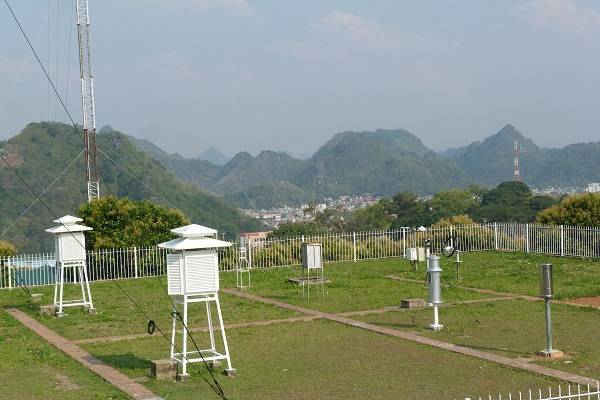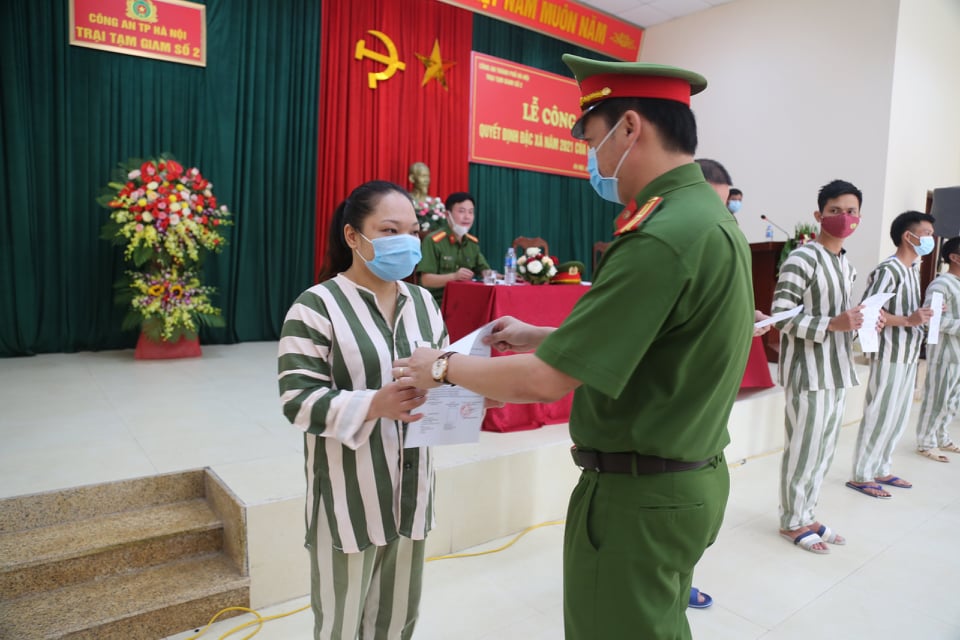Guidance on 03 hydrological wave monitoring methods in Vietnam
This is a noteworthy content in Circular 08/2020/TT-BTNMT of the Ministry of Natural Resources and Environment of Vietnam stipulating the technical methods for hydrological monitoring, issued on September 11, 2020.

Guidance on 03 hydrological wave monitoring methods in Vietnam (Illustration)
To be specific, in Article 13 Circular 08/2020/TT-BTNMT of Vietnam, the methods for hydrological wave monitoring in Vietnam are outlined as follows:
First, visual estimation of waves:Observers go to the site, stand in the correct position, and perform the observation; within 5 minutes, the observer looks at the sea surface to determine the type of waves, wave forms, sea surface state, wave height, period, and direction.
- Observing wave type: wind waves at the observation time, with wind still directly affecting the wave; windward slope steeper than leeward slope; wave crest breaking down forming white foam; swell waves appear when wind is light or calm; swells are identified from a different place to the observation site; swells are smooth, uniform, and long like furrows; wave types are specified in Table 5 of Appendix IV issued with Circular 08/2020/TT-BTNMT of Vietnam;
- Observing wave forms: regular waves have long wave crests parallel to each other like furrows; the distance between two consecutive wave crests smaller than the wave length; irregular waves have wave crests broken into segments, alternating wave crests and troughs; the distance between two consecutive wave crests larger than the wave length;
- Observing sea surface state: displayed according to scale from 0 to 9 due to wind impact altering the sea surface; sea surface state scale is specified in Table 6 of Appendix IV issued with Circular 08/2020/TT-BTNMT of Vietnam;
- Observing wave height: by eye or with binoculars in 5 minutes to determine the height of the most visible largest waves and record 10 to 15 of these waves; select the 5 largest waves to record in the observation log; wave height estimated by eye is categorized from 0 to 9, recording method specified in Table 7 of Appendix IV issued with Circular 08/2020/TT-BTNMT of Vietnam;
- Observing wave period: at a fixed point on the sea surface, the observer uses a stopwatch to monitor 11 wave crests passing through the fixed point; the wave period is the total time determined divided by 10; at each observation site, determine the travel time of 11 wave crests passing through a fixed point 3 times consecutively.
- Observing wave direction by eye: determined by the direction it comes from, divided according to 8 main compass directions, specified in Table 8 of Appendix IV issued with Circular 08/2020/TT-BTNMT of Vietnam.
Second, observation with a perspective device
- Conducting observations of wave type, wave forms, and sea surface state as per points a, b, c clause 1 Article 13 of Circular 08/2020/TT-BTNMT of Vietnam;
- Observing wave height: when waves are 0.25 m or higher; adjust the viewfinder so the wave buoy aligns with the height scale, determine the number of divisions from the wave trough to the peak position of the buoy, the fractional part of the division is estimated; in 5 minutes, determine the height of the largest waves, based on the height scale, select the 5 largest waves to record in the observation log.
- Observing wave period: align the viewfinder so waves travel towards the observer, wave crests align with the horizontal lines of the perspective grid, determine the first wave crest passing through a specific horizontal line of the scale, simultaneously start the stopwatch; monitor 10 consecutive wave crests passing through and stop the stopwatch, perform 3 consecutive times; the wave period is calculated as the average of the 3 observations; the unit is seconds (s);
- Observing wave length: align the viewfinder so waves travel straight towards the observer, based on the length scale on the device to determine the distance between two consecutive wave crests;
- Observing wave propagation speed: align the lens so waves travel towards the observer, use a stopwatch to determine the time a wave crest travels across one or multiple divisions of the length scale;
- Observing wave propagation direction: align the viewfinder of the device parallel to the wave propagation direction; propagation direction is determined by the direction disc with degrees and round to the 8 main directions; if waves travel towards the observer, record the direct measurement on the direction disc, if the opposite, add 180º to the reading.
Third, hydrological wave monitoring by automatic equipment: automatically measure and transmit data 24 times/day or as needed.
Details can be found at Circular 08/2020/TT-BTNMT of Vietnam, which comes into force in Vietnam from October 26, 2020.
Le Vy
- Key word:
- hydrological wave
- Vietnam
- Number of deputy directors of departments in Vietnam in accordance with Decree 45/2025/ND-CP
- Cases ineligible for pardon in Vietnam in 2025
- Decree 50/2025 amending Decree 151/2017 on the management of public assets in Vietnam
- Circular 07/2025 amending Circular 02/2022 on the Law on Environmental Protection in Vietnam
- Adjustment to the organizational structure of the Ministry of Health of Vietnam: Certain agencies are no longer listed in the organizational structure
- Vietnam aims to welcome 22-23 million international tourists in Vietnam in 2025
-

- Number of deputy directors of departments in Vietnam ...
- 15:04, 05/03/2025
-

- Cases ineligible for pardon in Vietnam in 2025
- 14:43, 05/03/2025
-

- Decree 50/2025 amending Decree 151/2017 on the ...
- 12:00, 05/03/2025
-

- Circular 07/2025 amending Circular 02/2022 on ...
- 11:30, 05/03/2025
-

- Adjustment to the organizational structure of ...
- 10:34, 05/03/2025
-

- Notable new policies of Vietnam effective as of ...
- 16:26, 11/04/2025
-
.Medium.png)
- Notable documents of Vietnam in the previous week ...
- 16:21, 11/04/2025
-
.Medium.png)
- Notable documents of Vietnam in the previous week ...
- 16:11, 02/04/2025
-
.Medium.png)
- Notable new policies of Vietnam to be effective ...
- 16:04, 02/04/2025
-
.Medium.png)
- Notable new policies of Vietnam effective from ...
- 14:51, 21/03/2025
 Article table of contents
Article table of contents
